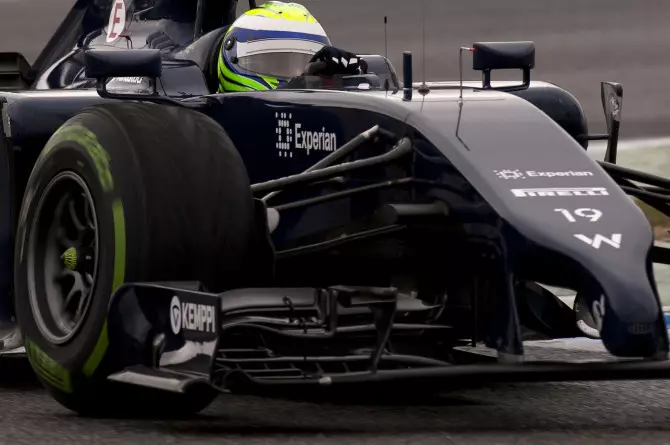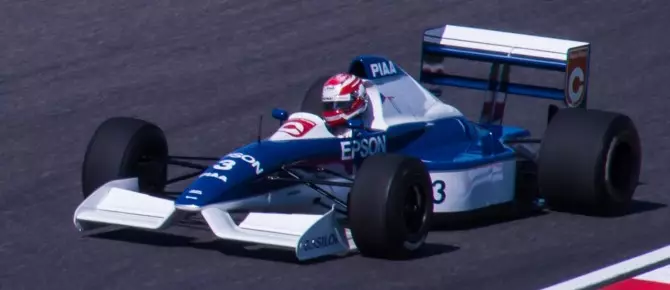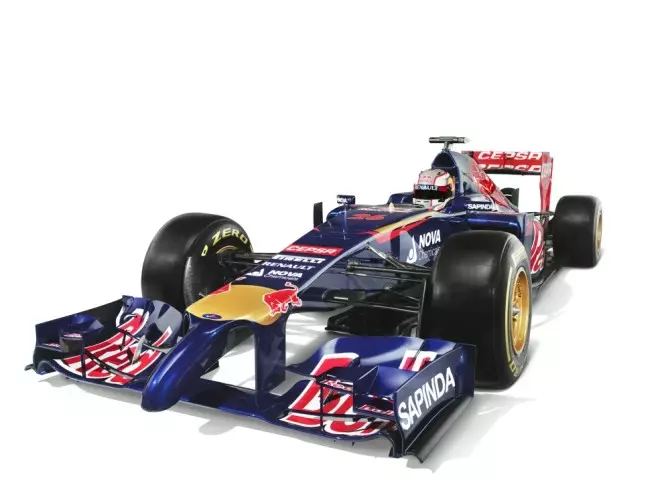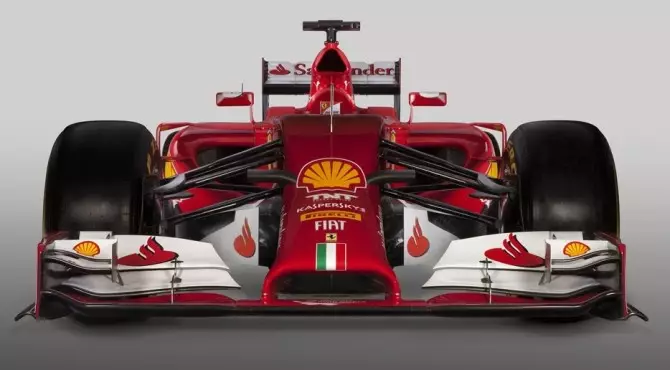In recent weeks the controversy behind the new noses of Formula 1 has been great. If for many, the new noses seem more like caricatures, for others they take shapes that refer us to nature or objects in a dubious phallic shape.
We don't want to bother you with big engineering questions and complex mathematics, so let's make the subject as light as possible, like the noses themselves, which we also don't want to talk about on the otolaryngology issues that are adjacent to them.

Williams Mercedes FW36
The truth is that there are good reasons why this type of design has taken hold in 2014 and we can already appreciate that two of the main reasons relate to: the FIA regulations and the car safety.
Why are there such distinct designs between noses? The answer is simpler and it is just pure aerodynamic engineering, a «black art» that has taken years to master, as it is not always possible to combine the best results.
Interestingly, the same engineers who brought innovations to the world of Formula 1 such as carbon fiber monocoque structures, 6-wheel single-seaters, twin diffusers and aerodynamic drag reduction systems, are also willing to do anything to exploit all the benefits that the regulations allow, so that their cars are the fastest in the race.

Tyrell Ford 019
But let's explain to you how we arrived at a design so heinous, it makes us question the sanity of those behind the Formula 1 engineering landscape. It all goes back 24 years, with the Tyrell 019 single-seater, at the time 1990 and the technical team, with director Harvey Postlethwaite and head of design Jean-Claude Migeo, realized that it was possible to channel even more air into the lower part of the F1 if they changed the nose design by checking you have a higher elevation compared to the wing.
By doing this, the air flow to circulate in the lower zone of the F1 would be higher, and through a greater air flow through the lower zone rather than the upper zone, it would result in greater aerodynamic lift and in Formula 1 aerodynamics is a sacred commandment in the bible of any engineer . From there, the noses began to rise in relation to the horizontal plane of the front wing, the section in which they are integrated.

RedBull ToroRosso Renault STR9
But these nose lift changes brought problems, more precisely in the 2010 season at the Valencia GP, when Mark Webber's Red Bull, after a pit stop on lap nine, caused Webber to pick up on the finish straight after exit from the pits, the Lotus of Kovaleinen. Webber moved behind Kovaleinen and took advantage of his streamlined flow, also known as the air cone. Webber decided to try to overtake and waited for Kovaleinen to get out of the way, but instead, Kovaleinen slammed on the Lotus brakes and Webber's Red Bull's nose touched the Lotus's rear wheel, sending him flipping 180 degrees and flying off. at about 270km/h towards the tire barrier.
After this incident, it became clear to the FIA that the noses had risen to such heights, which actually posed a potential risk to the pilots, as they could hit the pilot's head in the event of an accident. From then on, the FIA established new rules and the maximum height of the F1 front section was regulated at 62.5cm, with the maximum height allowed for the nose of 55cm in relation to the plane of the single-seater, which is represented by the lower fairing of the car and that regardless of the suspension configuration, it cannot be higher than 7.5cm from the ground.
For this year, the high noses seen so far have been banned, based on new safety rules. But what drives cartoonish design are regulatory changes: it appears that the noses cannot be more than 18.5 cm in height in relation to the plane of the car, which compared to the year 2013 represents a lowering of 36.5 cm and the other amendment to the rules, in point 15.3.4 of the regulation, states that the F1 must have a single cross section in front of the horizontal projection, with a maximum of 9000mm² (50mm behind the most advanced end ie the tip of the nose).
As most teams did not want to redesign the front and front suspensions of their F1, they chose to lower the plane from the upper arms of the suspension. But at the same time they want to keep their noses as high as possible, the result is this design with such prominent nasal cavities.

Ferrari F14T
For 2015, the rules will be even tighter and the only car that already complies with them is the Lotus F1. In Lotus F1 the nose already has a linear lowering angle to the final tip, so more rhinoplasty is expected in the remaining F1. While safety is the top priority in Formula 1, aerodynamics remains the top priority for all its engineers.
With these changes it is now possible to establish two types of F1 car seats for this season. On the one hand we have the pointy-nosed F1 , which will certainly be the fastest car on the straights due to its smaller front surface and lower aerodynamic resistance, optimized for top speed, on the other hand we have the F1 cars that will curve at very high speed , with its huge nasal cavities ready to generate immense aerodynamic force, due to the larger frontal surface. Of course, we always talk about minimal differences between cars, but in Formula 1 everything counts.
If it is true that F1 nasal cavities will curve at very high speeds, due to their enormous capacity to generate aerodynamic forces, as a result of the greater vortexed air flow through the lower area, it is also true that they will be slower on the straights, penalized by drag aerodynamics that they will produce. These will have to use the extra 160 horsepower of the system (ERS-K) to compensate, while the rest will need the extra system power (ERS-K) out of corners to quickly gain speed due to its lower aerodynamic force inside corners.

Force India Mercedes VJM07
